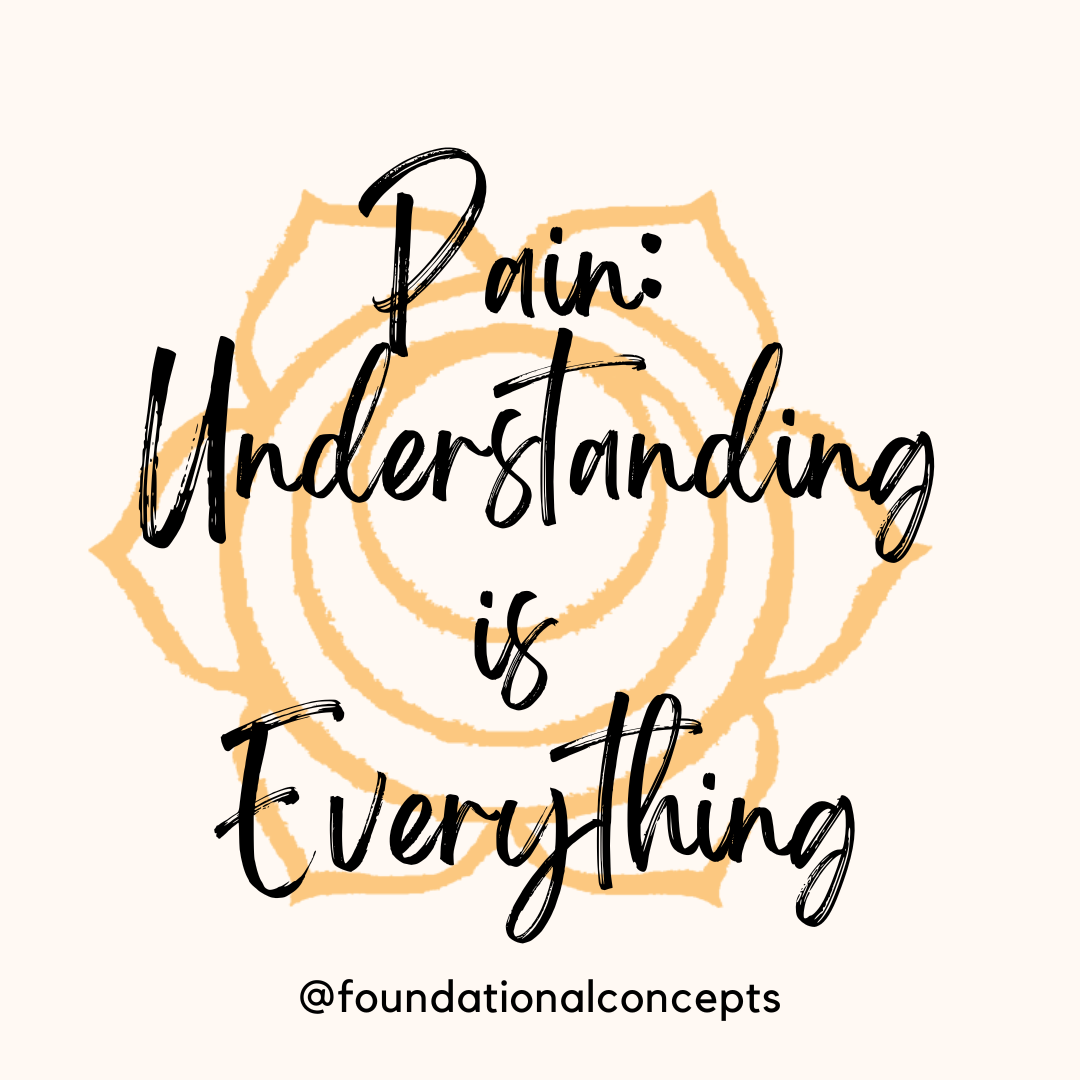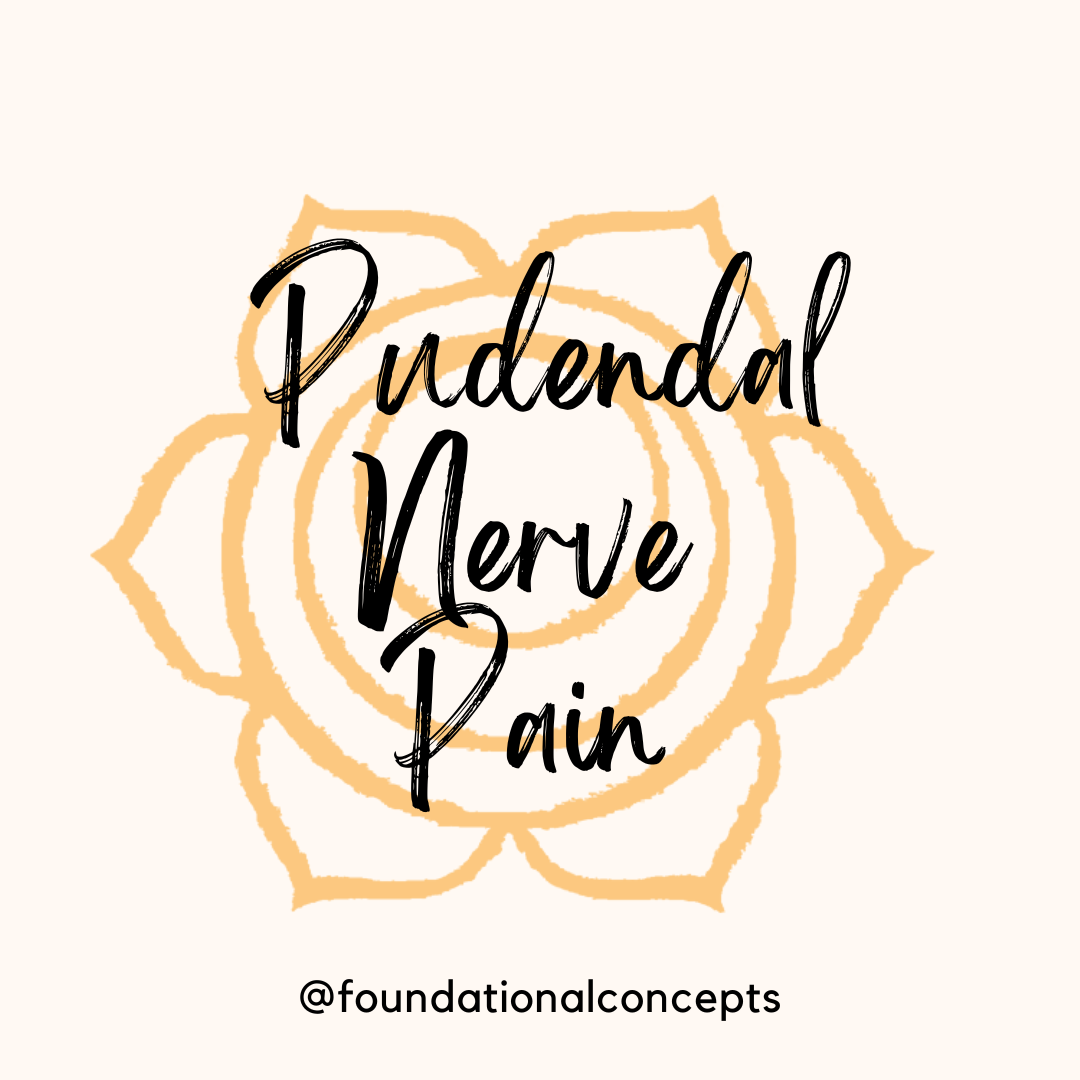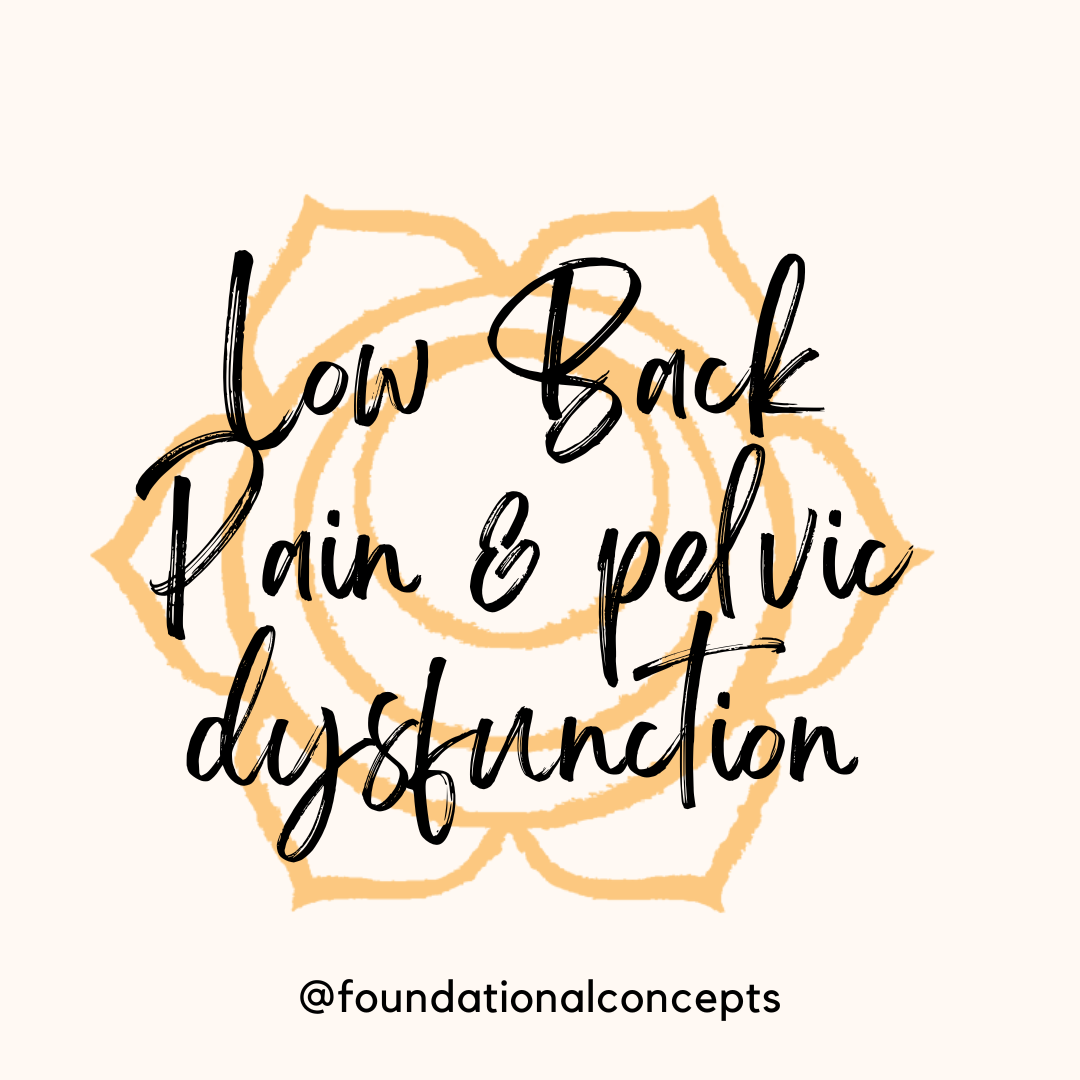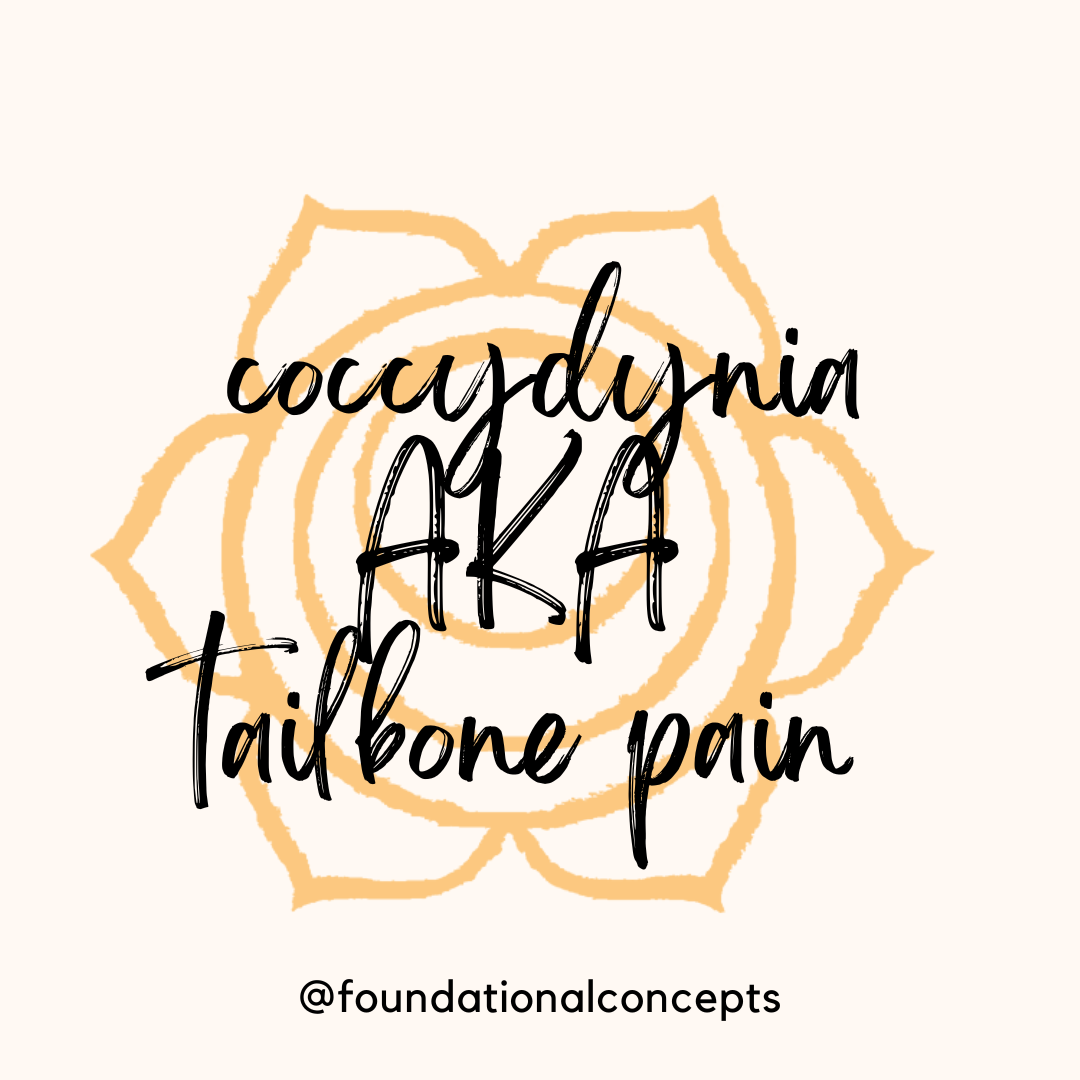Pelvic pain can be challenging to figure out. It can be embarrassing to talk about. …

Pain: The sensitive nervous system, understanding is everything.
As pelvic floor physical therapists, we see many people who have pain—sometimes it Is new pain like after surgery or delivering a baby. Sometimes it is persistent pain that has stuck around for months or years. We spend a lot of time talking about pain and the science of pain and how our brain responds to new and old pain with our patients. The more that we understand how pain affects our bodies, the better we can manage how our brains and bodies recover from pain.
Let’s start with how our brain responds to a new or acute pain stimulus. Let’s say that you are walking around in the dark and hit your toe on the end table—hard. As soon as that happens, all the nerve endings in your foot send signals to your brain telling you that something happened. Your brain makes the decision based on the information, the scenario, level of danger whether or not to cause pain. Usually your toe hurts just for a little while because your brain knows that stubbing your toe is not life threatening, basically saying yeah that hurt, but move on. The brain and nerves will calm down and you go back to your normal walking without pain.
What happens, though, if your pain signals don’t calm back down to the normal, pre-injury level? When that happens, your nerves become more sensitive, and it takes less stimulus to cause pain. For example, if you stubbed your toe during a very stressful time in your life and your dog just died, your brain may perceive the insult as more concerning, creating more pain for a longer period of time. Now, 6 weeks later you have pain wearing socks or walking barefoot. In this case, a stimulus that your brain would normally ignore, becomes enough to cause pain. This is because your nervous system stayed alert and extra sensitive due to the circumstances.
If your brain is already overwhelmed with other stressors—family, work, finances, health—it can already be working in overdrive. This can amplify pain as well. It adds another problem that our brain must try to solve. This can be emotionally and physically fatiguing for our brain. We have to consider that the pain is not coning from an injured tissue, but the sensitive nerves. We have to begin to work to calm the nervous system. Finding strategies to manage stress and not internalize it can help with pain. Some things could include going for a walk, diaphragmatically breathing, meditating, or going outside can all help with managing stress and managing pain.
Over the next few blogs, I am going to talk more about the neuroscience of pain and some strategies that we can start to use to manage pain and tamp down the pain signals to our brain or how to start reinterpreting the signals from a new light.
If you have been dealing with pain, we would love to help you learn how to manage your pain so you can live well! We offer a free 15 minute phone consultation to answer any questions you may have.




